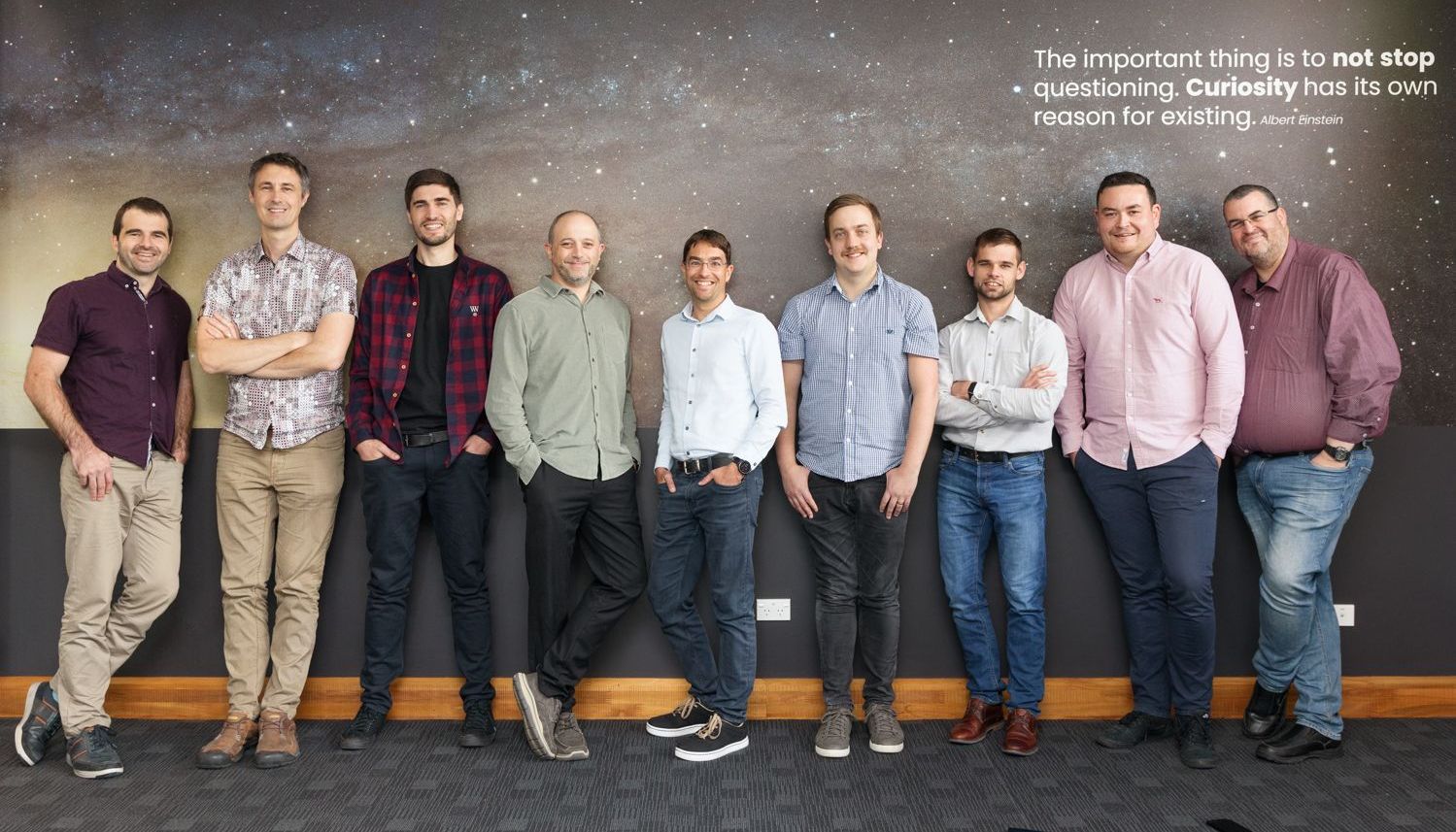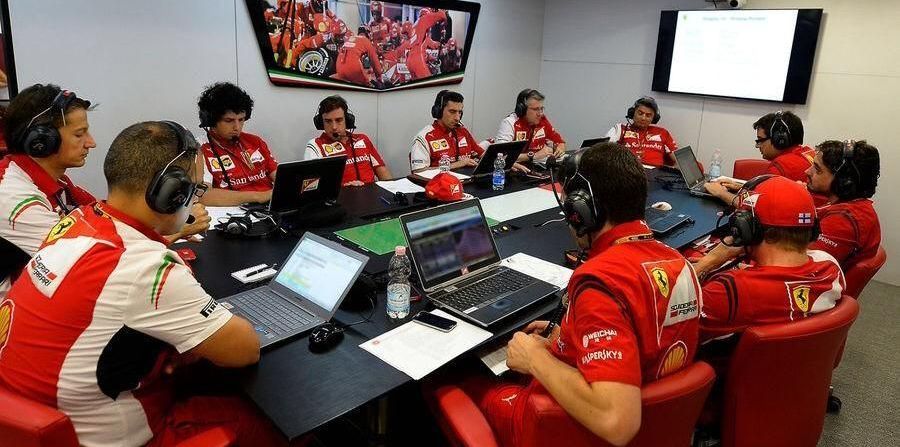How to Effectively Run After-Action Reviews (AARs)
Date: May 20, 2025
Like many high-performing organizations, we borrow best practices from industries that operate in demanding environments. Medicine, aerospace, military operations, and Formula One racing all rely heavily on structured reviews to improve their processes and ultimately their outcomes.
Inspired particularly by the U.S. Navy SEALs' method of After Action Reviews (AARs) performed after every mission, we've adopted a similar approach to critically assess our projects. While we didn’t invent the concept, we've embraced its simplicity and effectiveness.
What is an AAR?
An After Action Review (AAR) is a structured meeting where the whole team comes together to review a recently completed project. It involves examining key events and actions during the project to clearly understand what happened, why it happened, and what improvements can be made for next time. Rather than complicating things with unnecessary paperwork or lengthy meetings, we intentionally keep AARs concise, focused, and actionable.
Why Does It Matter?
At Beta Solutions, the value of AARs is deeply embedded in our culture. It's not just another meeting—it's an opportunity to be genuinely transparent. AARs encourage team members to openly reflect on their successes and mistakes. While these conversations can sometimes be uncomfortable, we believe that embracing vulnerability builds trust within the team. This mutual trust, in turn, makes it easier for individuals to honestly own their mistakes and genuinely commit to improvement.
We recognize that continuous improvement doesn't happen by chance. It requires deliberate reflection and an environment built on trust and open dialogue. Our AARs help ensure that every project contributes tangible learnings for future ones.
How To Conduct AARs
While there are various ways to conduct AARs and the structure would likely differ industry to industry, here's how we've structured the process.
Timing
It's important to run AAR sessions promptly after project completion. Immediate reflection ensures the events and details remain fresh in everyone’s minds, making insights more accurate and actionable.
We schedule an AAR meeting on the last Thursday of every month. This consistent scheduling ensures all team members can plan around the meeting, and it matches the frequency and volume of projects we typically handle.
Led by the Project Manager
Our AAR meetings are usually led by the Project Manager (PM), who prepares and presents a concise presentation summarizing the project's critical points. These meeting are attended by everyone, from the CEO to Project Managers, Engineers, Administrators, Sales, and Marketing. Having company-wide attendance ensures the team is aligned about our overall performance and vision.
The Presentation
It's important for this slideshow not to get bogged down in technical details—it should clearly communicate the most important information in the most concise way possible. No fluff! The presentation centres around only 5 key sections:
- Project overview: A brief description of what the client wanted, highlighting key objectives and expected outcomes. This section ensures team members, including those not directly involved in the project, clearly understand the project's goals and context.
- Key metrics: Project data—in our case this will likely include initial estimations, actual time spent per task, project budgets, and any variations that occurred during the project.
- What went well: The PM highlights the successes and effective practices from the project, explaining why certain methods or actions led to positive outcomes.
- What didn't go well: Here, the PM outlines the challenges or shortcomings faced during the project, providing context and analysis to help the team understand underlying causes.
- New standards: Based on the above observations, the PM suggests new standard operating procedures (SOPs) to ensure these mistakes or poor outcomes are not repeated.
The slideshow aligns the team by clearly summarising essential points, ensuring everyone is informed and ready to engage openly.
Team Participation and Open Dialogue

Importantly, these meetings explicitly avoid blame or personal criticism. However, individuals are encouraged to take personal responsibility for mistakes or poor decisions. This approach ensures accountability, prevents repeated issues, and further strengthens trust among team members.
Open dialogue allows team members to express their thoughts and perspectives freely. This involvement significantly improves the likelihood of team members buying into new SOPs. Identifying new standards is only beneficial if the people responsible for implementing them fully support these changes.
Our AARs last approximately 30 minutes. Keeping meetings short respects everyone's time and maintains high engagement throughout the session. This concise approach leads to clearer, more practical outcomes.

Common Challenges and How To Address Them
Implementing AARs can come with some typical challenges:
- Resistance to openness: Initially, team members may hesitate to openly discuss mistakes or poor outcomes. At Beta Solutions, we address this by setting clear expectations that AARs are about improvement, not blame, fostering an environment where vulnerability is viewed positively.
- Time Management: Without structure, meetings could become lengthy or unfocused. Our strict 30-minute limit and clear agenda ensure meetings remain concise and productive.
- Engagement: Meetings can sometimes feel dull, reducing participation and honest feedback. To counter this, we create a positive atmosphere with coffee and snacks—making it something the team can look forward to.
Key Takeaways for Implementing AARs in Your Team
- Schedule AARs promptly after project completion.
- Maintain consistent and predictable scheduling.
- Keep meetings focused and concise.
- Prepare a concise presentation consisting of:
- A project overview
- Key metrics
- What went well
- What didn’t go well
- New standards
- Foster an environment of trust and openness by emphasising accountability without blame.




